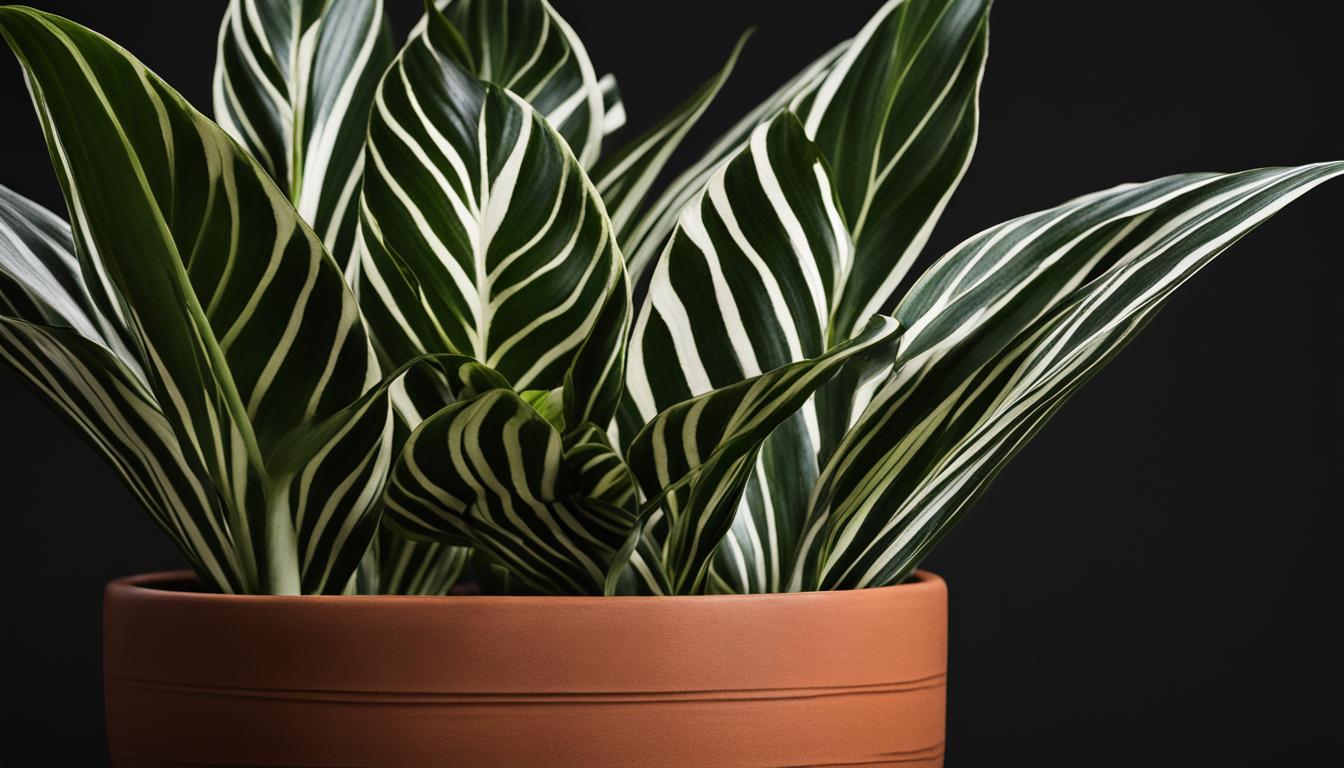
Welcome to my blog, where I’ll be sharing all the tips and tricks you need to know to successfully grow a beautiful zebra plant (Aphelandra squarrosa) in your own home. Zebra plants are stunning indoor plants that add a touch of tropical beauty to any space. With their strikingly-striped foliage and vibrant golden flowers, they are sure to become a centerpiece of your indoor garden.
The zebra plant, also known as Aphelandra squarrosa, is native to southern Brazil and thrives in humid environments. Although it can grow up to 6 feet tall in the wild, it usually stays around 1-2 feet tall when grown in containers. This slow-growing plant reaches maturity in about three years, requiring patience and careful attention.
One of the key factors in successfully growing a zebra plant is providing it with the right conditions. It needs bright, indirect light to thrive and well-drained potting soil with a high peat moss content. Regular watering to maintain moist but not soggy soil is essential for its growth. Zebra plants also appreciate humidity levels around 60-70% and benefit from regular fertilization during the spring and summer months.
While growing a zebra plant can be a bit challenging, the effort is well worth it. The reward is a gorgeous plant with vibrant foliage and stunning yellow blossoms. So, let’s dive into the care tips and requirements for this mesmerizing houseplant and get ready to enjoy its beauty in your own home.
Zebra Plant Care Tips and Requirements
To successfully care for a zebra plant, it’s important to provide it with the right conditions. This plant thrives in bright, indirect light, so placing it near a window with filtered light is ideal. Direct sunlight can scorch its leaves.
The zebra plant prefers temperatures between 65-80 degrees Fahrenheit and should never be exposed to temperatures below 55 degrees Fahrenheit. It requires consistently moist soil during the active growing season, but in the winter months, the soil can be allowed to slightly dry out.
Filtered water that is just above room temperature is best for watering the plant. Zebra plants need a humidity level of around 60-70%, which can be achieved by misting the leaves, placing a tray of water with pebbles beneath the plant, or using a humidifier.
Fertilization with a balanced liquid fertilizer every 1-2 weeks during the growing seasons is recommended. Repotting is not necessary often, but if repotting is required, it should be done in the spring using a pot that is only slightly larger than the previous one. Pruning should be done after the plant has finished flowering to encourage bushier growth in the following season.
Lighting Requirements
Zebra plants thrive in bright, indirect light. Placing them near a window with filtered light is ideal. Avoid direct sunlight, as it can scorch the leaves.
Watering and Soil
Zebra plants prefer consistently moist soil during the active growing season. Use filtered water that is just above room temperature. In the winter months, allow the soil to slightly dry out between waterings.
Fertilizer and Humidity
Provide zebra plants with balanced liquid fertilizer every 1-2 weeks during the growing seasons. They require a humidity level of around 60-70%, which can be achieved through misting, using a tray of water with pebbles, or a humidifier.
Repotting and Pruning
Repot zebra plants in the spring using a slightly larger pot than the previous one if necessary. Prune after flowering to encourage bushier growth.
Zebra Plant Propagation and Common Issues
When it comes to propagating zebra plants, there are a couple of methods you can try: stem cuttings and air layering. For stem cuttings, choose a healthy stem that is around 4-6 inches long and remove any leaves from the bottom half. Place the cutting in a mix of perlite and moist peat, and keep it in a warm and indirectly lit area with high humidity. Roots should start to develop within a few weeks.
Another option is air layering, which involves making a small incision in a healthy stem, applying rooting hormone, and wrapping moist sphagnum moss around the wound. Roots will eventually form in the moss, and you can then cut the stem and repot it.
While zebra plants are generally easy to care for, there are some common issues that may arise. If you notice the leaves curling or becoming crinkled, it could be a sign of excessive sunlight or heat. Move the plant to a location with less intense light or provide some shade.
Browning leaf tips may indicate too much light or fertilizer, so adjust the lighting or feeding accordingly. Drooping leaves can be a sign of overwatering or underwatering, so make sure to keep the soil consistently moist but not soggy.
Like many houseplants, zebra plants are also susceptible to pests such as aphids, mealybugs, mites, and scale. If you spot any of these critters, you can use an insecticidal soap to control them. Finally, getting your zebra plant to bloom multiple times in a season can be a bit tricky.
To encourage blooming, provide the plant with intense, bright light and maintain the proper humidity levels. With patience and the right care, you can enjoy the stunning yellow blossoms of your zebra plant.
FAQ
How tall does a zebra plant grow?
In the wild, a zebra plant can grow up to 6 feet tall, but when grown in containers, it typically stays around 1-2 feet tall.
What kind of light does a zebra plant need?
Zebra plants require bright, indirect light. Placing them near a window with filtered light is ideal to prevent scorching of the leaves.
How often should I water my zebra plant?
Zebra plants need consistently moist soil during the active growing season. In the winter, the soil can be allowed to slightly dry out between waterings.
What is the ideal humidity level for a zebra plant?
Zebra plants prefer humidity levels around 60-70%. This can be achieved by misting the leaves, placing a tray of water with pebbles beneath the plant, or using a humidifier.
How often should I fertilize my zebra plant?
Zebra plants benefit from regular fertilization every 1-2 weeks during the growing seasons in spring and summer using a balanced liquid fertilizer.
How do I propagate a zebra plant?
Zebra plants can be propagated through stem cuttings or air layering. Stem cuttings should be placed in a mix of perlite and moist peat, while air layering involves wrapping moist sphagnum moss around a healthy stem.
What common issues can arise with zebra plant care?
Common issues include leaves curling or becoming crinkled due to excessive sunlight or heat, browning leaf tips from too much light or fertilizer, and drooping leaves from overwatering or underwatering.

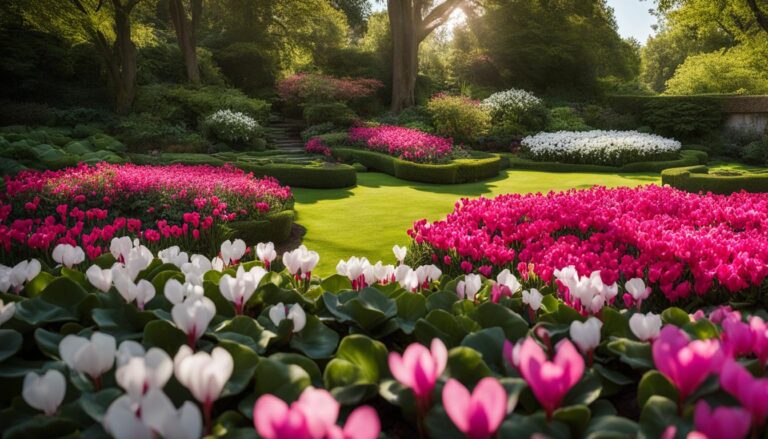

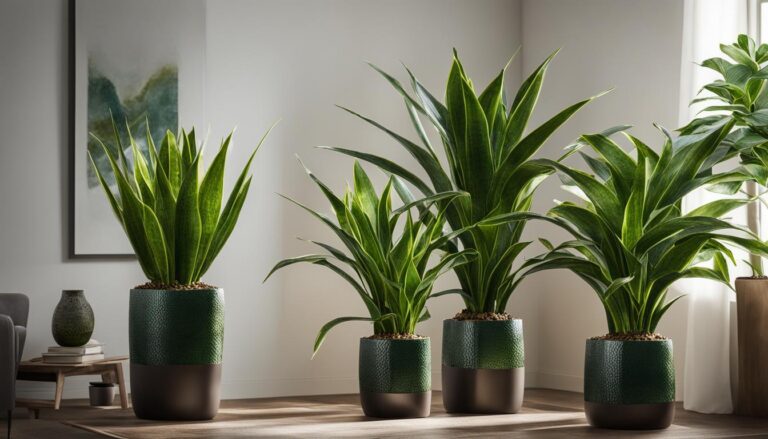

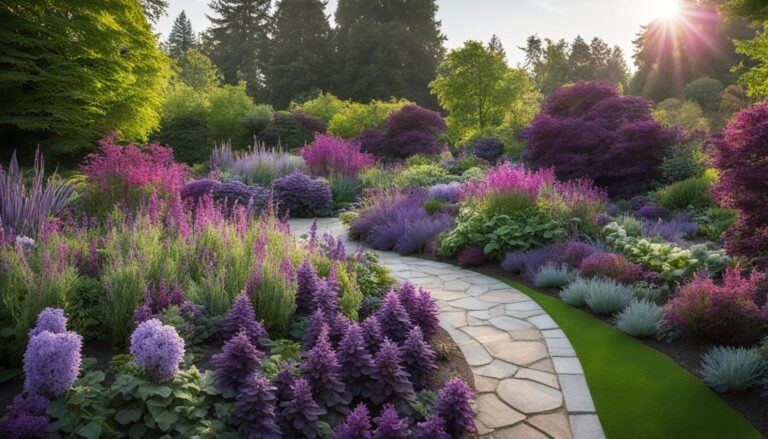
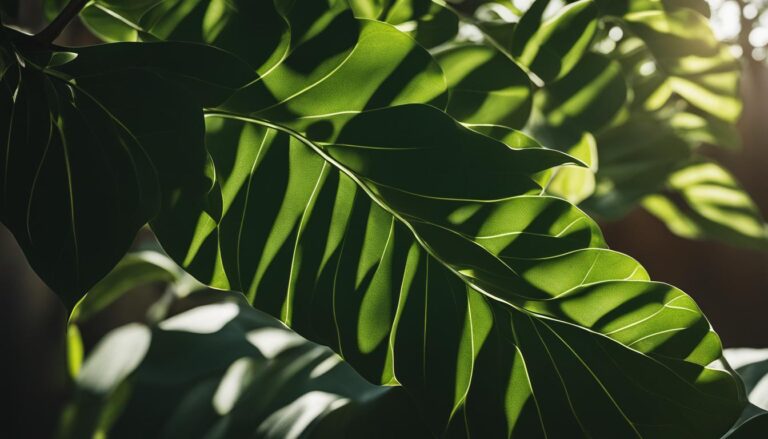
One Comment
Comments are closed.